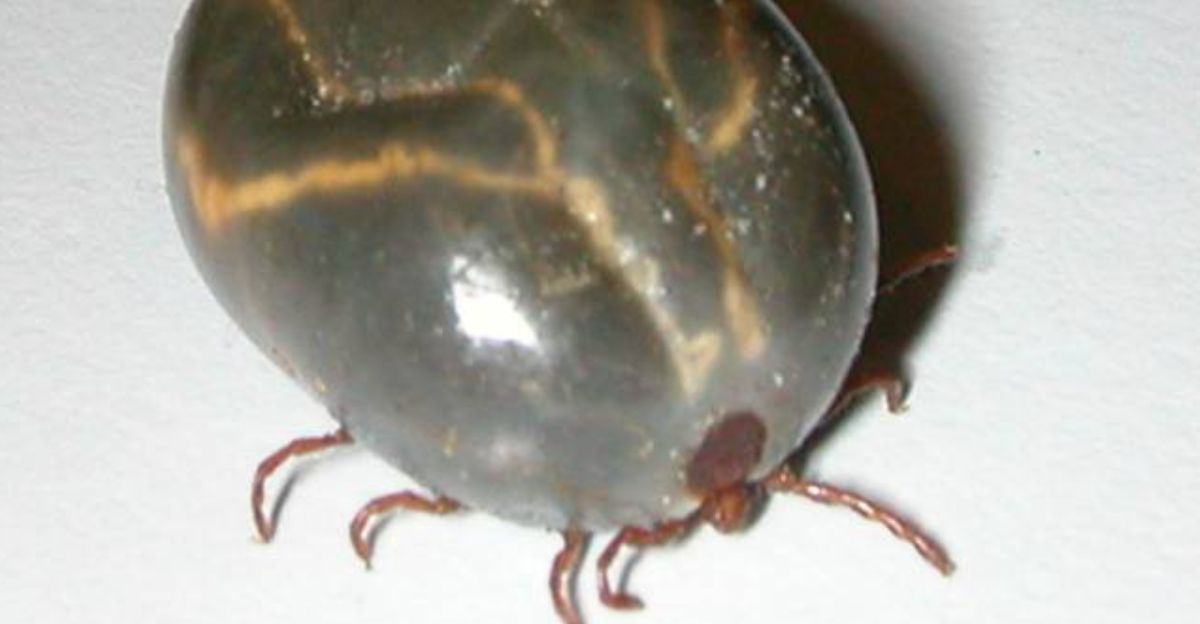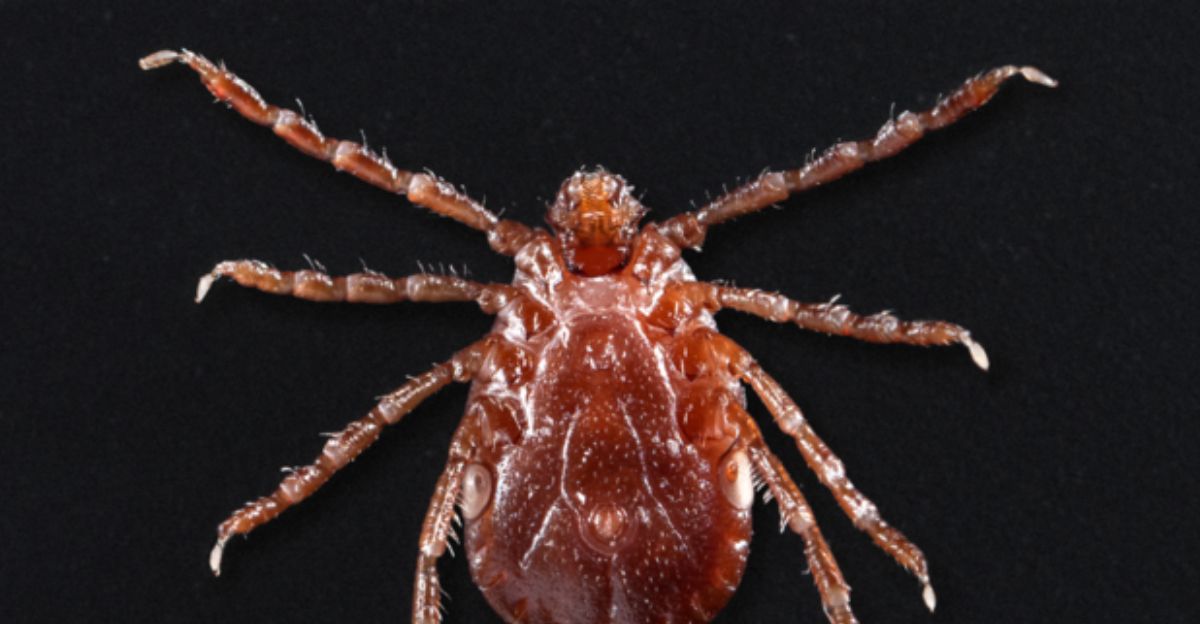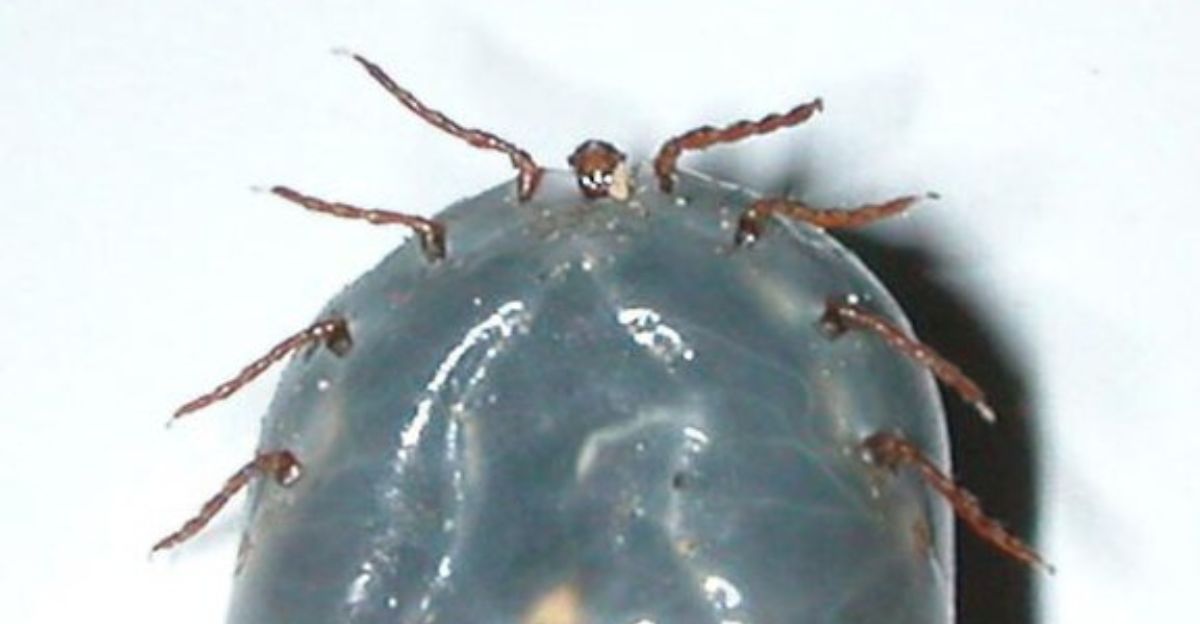
The Asian longhorned tick, aptly named for the long protrusions from its mouthparts, is an invasive species that originates from East Asian countries like China, Japan, and Korea. However, they have been spreading rapidly through the United States, prompting pest alerts.
They were first discovered on domestic soils somewhat recently. In the last few years, they have been found in 21 different states. The invader can cause a plethora of issues for people, pets, livestock, and even local habitats. Recently, they’ve been gaining traction, particularly in five states – Connecticut, New Jersey, New York, Pennsylvania, and Maryland.
A Fast Multiplier

While most domestic tick species reproduce by mating before a female can lay her eggs, this isn’t the case with the Asian longhorned tick. These invasive creatures can lay up to 2,000 eggs without needing to mate. Male ticks do exist, but populations seem to have a dominant female presence, which reproduces asexually.
This means that they have an unparalleled ability to multiply quickly in new environments before conservation groups even notice their presence. In the past few months, this has been the case in these five states, and their population has become difficult to uproot and exterminate.
A Threat To Livestock

Livestock see some of the worst effects from these ticks. Farmers are noticing the damage they are doing, as severe infestations can number up to a million just in one pasture. The ticks can be deadly to livestock, and cows have been killed as a result of the creatures’ bites.
They suck the blood of their host, which raises anxiety and weakens the animal, especially in vulnerable groups like adolescents and the elderly. Pesticides have eradicated them historically, but with how much they populate, they return the following year, making them an extremely difficult problem to deal with.
A Risk To Humans

Livestock aren’t the only ones in danger. The longhorned tick can carry bacteria and transmit severe diseases to its hosts, including humans. In Asia, the tick causes fevers, bleeding, and, in some cases, even death. In 2023, an Asian longhorned tick in Connecticut was found to be carrying the bacteria Ehrlichia chaffeensis, which causes fever, headaches, and muscle pain in those infected.
These ticks are still largely unresearched, meaning that they could be carrying all sorts of other diseases that pose a danger to humans that we aren’t aware of yet. The risk of infection only gets higher as their population sweeps across state lines.
A Tiny Invader

Their large population and fast reproduction cycle makes getting rid of them difficult, but even spotting an infestation can be hard when an adult tick is only the size of a sesame seed before they’ve attached to a host.
They can be found in grass, leaves, and fur and are extremely hard to notice, as their red-brown bodies can camouflage them effectively. Younger ticks are still active, and can be even smaller than adults, making the issue of finding an infestation a complex issue.
A Tax On Farmers

These ticks are taxing farmers in affected regions. These ticks weaken and infect livestock, sometimes even resulting in death, meaning that they have a huge impact on milk production. In other countries like New Zealand and Australia, infestation has dropped milk production by 25% in some cases.
U.S. farmers are facing similar challenges, facing a lower yield of meat and milk and having to spend more on pest control efforts that are only temporary solutions. The infestation can go unnoticed for up to months, meaning that its normally already made a large impact before reactive measures are taken.
Wildlife And Domestic Animals

The Asian Longhorned tick is a parasite that will feed off of almost anything that it can attach itself to. This includes anything from ungulates (deer), raccoons, birds, domestic pets like dogs and cats, and even humans. Infected wild animals roam, meaning that they inadvertently aid in spreading the tick population to new, previously tick-free areas.
Pets can get sick from these tick bites, and because of their close proximity to their owners, they can pass on any diseases to humans as a result. Regions are being attacked from multiple fronts, and pest control efforts can never stamp them out for good.
What Is Being Done?

Agencies across the country are trying to uproot and control this invasive pest, but it isn’t easy. The Connecticut Agricultural Experiment Station and UConn’s Veterinary Lab are currently tracking big populations and cataloging what diseases are being carried.
Anyone who notices a strange-looking tick with a long “horn-like” protrusion from its mouthpart should keep their distance, use a tick repellent, and report it to pest control. When walking through parts of nature that have tall grass, try to stay covered by wearing long pants and long sleeves.
States Being Hit The Hardest

While the Asian longhorn tick’s population has spread to nearly twenty U.S. states, five states are being hit the hardest. Pennsylvania has seen a large uptick in activity just in the last five years. Twenty-seven counties have confirmed tick sightings, making it the second most prevalent tick species in the state.
New Jersey saw its first Asian longhorned tick on a sheep in 2017. The population has rapidly spread in the last eight years, putting humans and livestock at risk.
Connecticut has a large longhorned tick population. Their numbers are being closely monitored due to the risks they pose.
New York’s infestation has grown in recent years, particularly in areas close to first sightings. The tick has a strong foothold in NY and is spreading at a fast pace.
Ticks in Maryland are spreading quickly to adjacent counties within the state and are part of the invader’s core range in the U.S.
Doing Our Part

The Asian longhorned tick has already established a strong population across the United States, and it is extremely hazardous and hard to stamp out. However, residents across the country can do their part.
Check yourself, your pets, and your children for any ticks after an outdoor activity just to be safe. Report any strange-looking ticks to pest control or the local authorities. We need to do our part to help the battle against this unwelcome guest.
Explore more of our trending stories and hit Follow to keep them coming to your feed!

Don’t miss out on more stories like this! Hit the Follow button at the top of this article to stay updated with the latest news. Share your thoughts in the comments—we’d love to hear from you!







